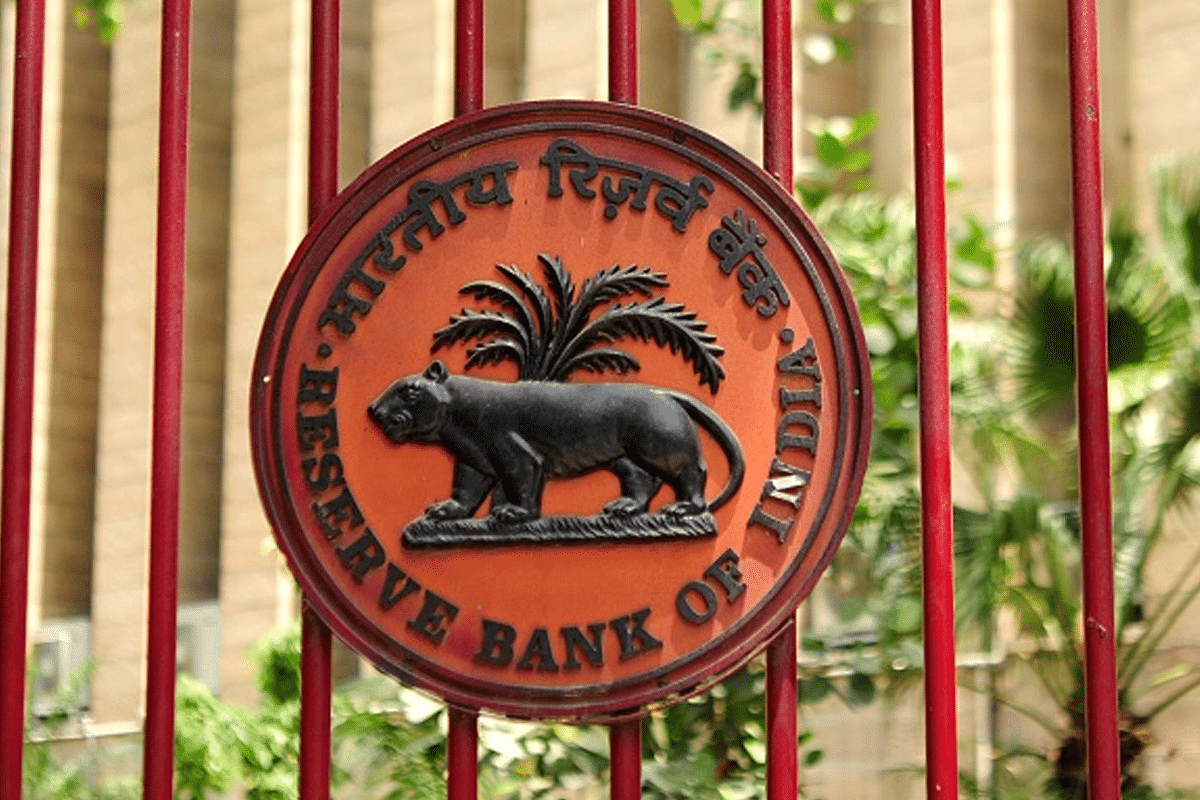Business
Exporters Laud RBI’s Timely Intervention With Rupee Settlement System
- Here are the major reasons why this move by the Reserve Bank of India is so well synced in the Indian context.

Reserve Bank of India (RBI). (Ramesh Pathania/Mint via Getty Images)
The Reserve Bank of India’s Rupee settlement system for international trade could not have been more opportunely placed in a rapidly evolving global economic order which is witnessing unprecedented adjustments in the wake of the Russia-Ukraine conflict.
The RBI mechanism aimed at promoting growth of global trade with emphasis on exports from India, puts in place an arrangement for invoicing, payment and settlement of exports/imports in the Indian Rupee.
Under this new mechanism, exporters and importers can use a special vostro account linked to the correspondent bank of the partner country for receipts and payments denominated in Rupee. Thus the move will pave the way for trading and settlement of export/import transactions in Indian Rupee. However, banks will need to seek prior approval to use this mechanism for international trade settlements in rupees.
There are four reasons why this RBI move is so well synced in the Indian context. First it comes as a crucial support for the increasing interest of the global trading community in INR and is a recognition of the Indian Rupee as an international currency. In effect, as pointed out by Mahesh Desai, Chairman of the Engineering Export Promotion Council India, “this is a first step towards 100 per cent convertibility of the Rupee”.
Second and very importantly it comes when many countries are facing huge foreign exchange shortages in Africa and South America. The move allows EXIM transactions through Letter of Credit using this mechanism which will help our exporters and importers, says A Sakthivel, president of the Federation of Indian Export Organisations (FIEO).
Moreover, departing from existing provisions of the Foreign Exchange Management Act where the final settlement has to be in free foreign exchange except for Nepal and Bhutan, now the final settlement to all countries, if approved by RBI, can be in Indian Rupee.
Third, in the context of the current geopolitical disruptions, the RBI initiative to set up such a process in INR is expected to facilitate trade with countries under sanction like Iran and Russia. Ever since sanctions were imposed on Russia, trade has been virtually at standstill with the country due to payment problems.
As a big comfort for exporters, the trade facilitation mechanism will lead to an easing of the payment issues with Russia, points out Sakthivel adding, “It will also reduce the risk of forex fluctuation specially looking at the Euro-Rupee parity.
The other benefits of the mechanism are that it may enable Indian exporters to receive advance payment against exports from overseas importers in rupees. The Rupee surplus balance in special vostro accounts can be used for payments for projects and investments; export/import advance flow management; and investment in government bonds.
Fourth, the RBI action comes amidst India’s clear ambition to sustain a "reasonable level" of growth in the current financial year amidst signs of a global slowdown in international trade, as set by Commerce and Industry Minister Piyush Goyal.
The government has been targeting $450 billion or $500 billion worth of goods exports in 2022-23 after recording merchandise exports of $420 billion in 2021-22 even as geopolitical tension, inflation and high petroleum products set an uncertain outlook.
The RBI move positioning Indian Rupee as an international currency may help to build a stronger advantage with the help of the structural readiness put in place to boost exports amid moderation in export figures.
India’s shipment of goods in June rose by 16.78 per cent year-on-year to $37.94 billion, slipping from 20.55 per cent growth in May 2022 and 48.34 per cent in June 2021. Trade deficit rose to $25.63 billion on account of a steep increase in gold and crude oil imports, as per the government's preliminary data.
Introducing ElectionsHQ + 50 Ground Reports Project
The 2024 elections might seem easy to guess, but there are some important questions that shouldn't be missed.
Do freebies still sway voters? Do people prioritise infrastructure when voting? How will Punjab vote?
The answers to these questions provide great insights into where we, as a country, are headed in the years to come.
Swarajya is starting a project with an aim to do 50 solid ground stories and a smart commentary service on WhatsApp, a one-of-a-kind. We'd love your support during this election season.
Click below to contribute.
Latest